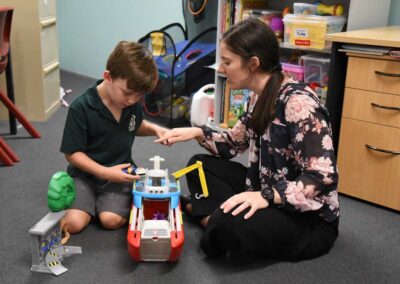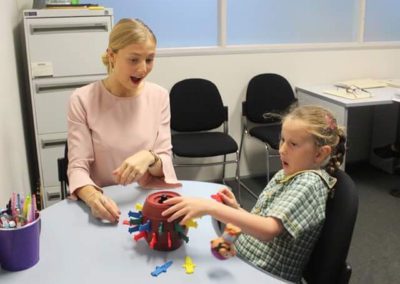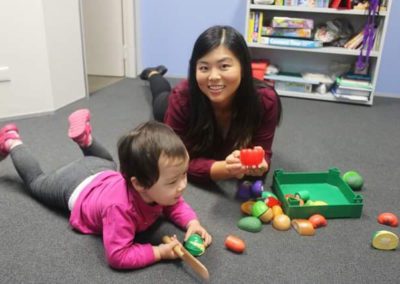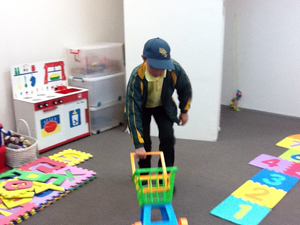Communication is at the heart of human connection. But for many individuals – especially those with speech delays, developmental differences, or neurological conditions – spoken language isn’t always accessible. That’s where AAC comes in.
What Is AAC?

AAC stands for Augmentative and Alternative Communication. It’s a broad term that refers to tools and strategies used to support or replace spoken language. AAC can be as simple as a gesture or picture card, or as advanced as a dynamic speech-generating device (SGD) or communication app on a tablet.
AAC is divided into two main categories:
- Unaided AAC: Communication methods that don’t require external tools – like sign language, facial expressions, or body language.
- Aided AAC: Methods that use tools or devices, such as:
- Picture Exchange Communication System (PECS)
- Communication boards
- Speech-generating devices (like Proloquo2Go, LAMP Words for Life, TD Snap)
- Text-to-speech apps
AAC is not “one-size-fits-all.” It’s highly individualized and can be tailored to meet a person’s needs, strengths, and communication style.
Why Is AAC Beneficial?
There’s a common misconception that introducing AAC might delay or replace spoken language. In fact, research shows the opposite – AAC can support and even enhance the development of verbal speech.
Some key benefits of AAC include:

- Reduces frustration: When individuals can’t express their needs, it often leads to frustration and behavioural challenges. AAC gives them a voice – literally or symbolically.
- Builds independence: Being able to communicate wants, needs, thoughts, and ideas helps users gain autonomy.
- Supports literacy and language growth: AAC systems often mirror the structure of spoken language, helping to reinforce vocabulary, grammar, and syntax.
- Facilitates social connection: Communication is about relationships. AAC opens the door tofriendships, shared experiences, and emotional expression.
AAC is a bridge – not a barrier – to more robust communication.
AAC and Gestalt Language Processors: A Natural Fit
Many people who use AAC are Gestalt Language Processors (GLPs). These are individuals who acquire language in chunks (or “gestalts”) – often by echoing scripts, movie lines, or phrases – before breaking them down into smaller parts and eventually generating novel language. This is a natural and valid way of developing language, and it’s common in autistic individuals.
So how does AAC benefit gestalt language processors?
- Supports the Natural Progression of Gestalt Language Development
AAC can be used to model and reinforce gestalts in a way that aligns with how GLPs naturally acquire language. For example, a user might start with full scripts like “Let’s go to the park!” and over time break them into parts like “go” + “to the park.”
- Reduces Reliance on Echolalia Alone
For many GLPs, especially those who are minimally speaking, it can be hard to spontaneously express new ideas. AAC provides access to a consistent bank of gestalts and language that can be customized and used across environments.
- Empowers Self-Expression
Gestalt processors often communicate deeply and meaningfully through scripts. With the right AAC setup – especially one that includes familiar, meaningful phrases – users can express feelings, ideas, and needs in a way that feels natural to them.
- Promotes Regulation and Emotional Communication
AAC can include scripts and gestalts that support emotional regulation, such as “I need a break” or “This is too much.” Having access to these phrases helps GLPs advocate for themselves and stay regulated in overwhelming situations.
- Enables Natural Language Modelling

Caregivers, therapists, and communication partners can model gestalts on the AAC device to support natural language development. This makes the AAC system a living, evolving language environment – not just a tool for requesting.
AAC is not a “last resort” – it’s a valid and empowering way to communicate, whether someone is speaking verbally, using scripts, typing, pointing to pictures, or a combination of all the above.
For gestalt language processors, AAC provides structure, consistency, and the opportunity to engage in communication that matches their unique language development. With the right support, AAC users can thrive – expressing themselves fully, forming relationships, and making their voices heard.









